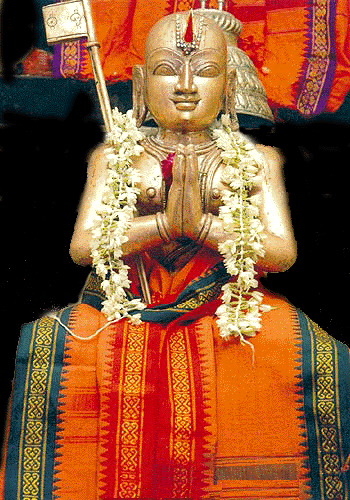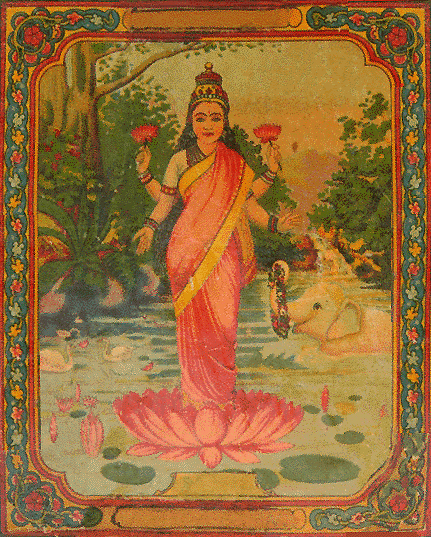
|
|
|
|
BY: SUN STAFF

Ramanujacarya, Ganapathipuram Dec 10, CANADA (SUN) — 'Vaisnavite Movements' from IGNOU curriculum, Part 2. "Vaishnavism in southern India must be traced to the Alwars, after whom there were a number of Vaishnava philosophers till the coming of Ramanuja. Most important among them was Sri Nathamuni who lived at Sri Rangam in tenth century A.D. Nathamuni is considered as the founder of Sri Vaishnavism. It is said that he had gone on pilgrimage to Vrindavan in North India, where he got the vision of Vishnu. Later on he became an administrator in the Vishnu temple at Sri Rangam and Sri Rangam became the centre of Sri Vaishnava community. Nathamuni realized that unless supported by the arguments, the simple faith of devotion would not be able to win the mind of the people. This might have been the reason for the Acharyas explaining bhakti with the support of Vedantic philosophy. It is believed that the doctrine of self-surrender, an important characteristic of Sri Vaishnavism, was first prescribed by Nathamuni. Nathamuni was succeeded by Yamunamuni, and Ramanuja succeeded Yumanamuni. Ramanuja for the first time in the history of Vaishnavism provided a systematic account of the philosophic and religious principles of devotion based on the interpretations of the Upanishads, Bhagavatgita and other Smriti texts. The philosophy developed by Ramanuja is known as Visistadvaita and this became the philosophical basis of Sri Vaishnavism. Ramanuja wrote in Sanskrit, but he was influenced by the Tamil bhakti poetry. He established the supremacy of Vishnu in the form of Krishna. Ramanuja advocated that ultimate Reality, although one, is not absolute without any differentiation. Although difference exists between God and the other two categories of Reality, soul and matter, they are dependent on God for their existence and are organically related to God. After establishing the philosophy of the Visistadvaita, Ramanuja along with his disciples traveled many places in the Chola territory and also visited many places in north India like Dwarka, Badrinath, Sri Nagar, Kashi, etc. While Ramanuja was alive both the Sanskrit and the Tamil tradition were equally important among his followers but after his death, differences came within the Sri Vaishnava community on the issue of emphasis given to the Sanskrit Vedas and the Tamil Divya Prabandhanas. This ultimately led to a split among the Sri Vaishnavas into two groups—the Vadakalai and the Tenkalai. The terms Vadakalai and the Tenkalai are referred to the Northern and the Southern schools. The group located in Kanchi became known for its Sanskrit scholarship and was called the Vadakalai. The group located in Srirangam used bhakti literature in Tamil and was known as Tenkalai. Among the various doctrinal differences between the Vadakalai and the Tenkalai, the two most important differences are on God's mercy and the ontological status of Lakshmi. According to the Vadakalais, actions of the devotees are important in matters of getting God's grace, whereas the Tenkalais believed that there is no correlation between God's grace and the efforts of a devotee. Divine grace is non-conditional.

Laksmi Devi On the status of Lakshmi, the Tenkalais are of the opinion that though She is a finite being and can mediate with God on behalf of the individual souls, She on her own cannot provide liberation. But the Vadakalais give Lakshmi equal status with God and believe that she can grant liberation to the devotee. On bhakti and prapatti, the Vadakalais believe that they are the means to attain liberation. The Tenkalais do not accept any means for attaining liberation. They believe that liberation can be attained only through God's grace."
[Edited slightly for readability.]
| |